|
Only in Washington D.C. can you get congratulated for simply doing your job. President Joe Biden and House Speaker Kevin McCarthy both took a victory lap last week with the signing into law of the Fiscal Responsibility Act of 2023. The President and the Speaker did the right thing by reaching a compromise deal leading to legislation to lift the debt ceiling, thus avoiding a fiscal calamity. The debt ceiling drama, which had consumed Washington D.C. for the past several weeks is over for now. Let’s hope that Congress can get back to work on more important issues, such as immigration reform, border security, and gun violence. As I stated in a previous blog on the subject, the debt ceiling showdown could have been avoided if the President pushed through a debt ceiling resolution last fall when the Democrats controlled both houses of Congress. Now, with the House of Representatives in the hands of Republicans, Biden had to move away from his position of not negotiating to lift the debt ceiling. It was inevitable that the President would have to negotiate with Speaker McCarthy to get any legislation passed. Highlights of the Debt Ceiling Legislation:
In the Fine Print:
In the end, the debt ceiling legislation was a win for both President Biden and Speaker McCarthy. The President can claim success for signing into law a truly bipartisan piece of legislation and minimizing draconian budget cuts that Republicans were demanding. McCarthy can claim that he extracted some spending cuts and imposed new spending discipline on the Democrats. He also showed that he could lead the House and get results in the face of strong opposition from the conservative members of his party who demanded far steeper spending cuts. It will be interesting to see if he is punished by the Freedom Caucus for not extracting more spending cuts from the Democrats. The spending “cuts” won’t put a dent in the massive federal debt and ongoing budget deficits that this country faces. But at least the debt ceiling negotiations got the federal government talking about the need for fiscal discipline. But it will be up to the American electorate to demand that tough choices be made, sooner rather than later. The longer the tough fiscal choices are ignored, the more painful the solutions will become. My views on the debt ceiling have not changed. I still think that it should be abolished. Government debates over pubic debt and borrowing limits should be part of the appropriations and budgeting processes. It is a little late to think about how to pay for something after you have already ordered it.
If you enjoy reading this type of commentary please subscribe to my blog and tell a friend. You will receive an email notification when new blogs are posted. The email will come from the site’s email: armchairamerican1776 @gmail.com. Thanks, Armchair American
2 Comments
I previously wrote about the debt ceiling in October of 2021. It was the last time a divided Congress threatened the financial stability of the country, and indeed the world, by withholding support for increasing the amount of money the U.S. Treasury can legally borrow to pay its bills. The only thing different this time is the cast of characters in Washington D.C. The federal government reached its $31.4 trillion debt ceiling on January 19, 2023. It took the government decades to reach this level of debt, and is the result of tax cuts and spending increases from both Democrats and Republicans in Congress. Treasury Secretary Janet Yellen has stated that through the use of “extraordinary measures” (fancy accounting), the federal government will be able to continue to pay its bills through early June. Congress must increase the debt ceiling in order for the Treasury to raise the money needed to pay the bills that Congress has already approved. If this doesn’t happen, the Treasury will run out of money and not be able to pay all of its financial obligations. No reasonable person wants this to happen, but it is a test of the new Congress and President Biden as to how the current impasse gets resolved. President Biden’s Position: The President has stated that he will not negotiate over the debt ceiling. He wants it increased with no strings attached. President Biden’s refusal to negotiate with House Speaker Kevin McCarthy stems from his experience during the 2011 debt ceiling negotiations between the Obama Administration and Congressional Republicans. When negotiations broke down, the United States suffered its first ever credit downgrade, financial markets were rattled, and recovery from the Great Recession was threatened. Biden pledged that he would never again allow debt ceiling negotiations threaten the financial stability of the United States. President Biden should have pushed through a debt ceiling resolution last fall when the Democrats controlled both houses of Congress. I believe that he feared that such a move would have appeared too partisan. To that I say, “so what”. It’s better than allowing Congress to threaten the financial credibility of the country, and diverting legislative attention away from more important issues. Speaker McCarthy’s Position: During his fight for the House Speakership last month, Kevin McCarthy assured the ultraconservative members of his party that he would use the debt ceiling as leverage to force budget cuts. The new House Speaker has met with the President in recent days to extract spending cuts in exchange for a debt ceiling increase. McCarthy wants an 8% reduction to the current budget, which would bring spending down to 2022 budget levels. Apparently, the meeting was not a negotiation but simply a discussion, with each side stating their position. But McCarthy has not shown the President, or the American people, his proposed budget. He has spoken in general terms, but has not defined which budget items would be cut and to what extent. Speaker McCarthy has mentioned that he would like to see changes to major entitlement programs, and to cut annual spending that funds the operating budgets of federal agencies. All well and good, just show us your plan. I don’t think that McCarthy will be able to gain much ground with the President on this issue anytime soon. The government won’t run out of cash until sometime in June, which gives McCarthy more time. This will be a real test of his leadership abilities, and show just how secure his position as Speaker of the House really is. Do Away with the Debt Ceiling: Paying our federal debts should be an automatic act, not subject to the whims of political brinksmanship. The debt ceiling doesn’t control federal spending, and needlessly burdens Congress with legislation when its time is needed for much more urgent matters. It often brings the Congress to a standstill and prevents the Treasury from performing its functions efficiently. It’s time for the United States to join most other industrialized countries and abolish the federal debt ceiling altogether. The fact that the U.S. government is on the verge of adding more debt to the $31.4 trillion already owed is incomprehensible to most Americans. Interest payments alone on the national debt amounted to $475 billion in the last fiscal year. It will be significantly higher this year. That is money not available for social programs, infrastructure spending, or any other national priority. An alternative to borrowing more money to fund public spending is to collect more taxes. But one of the first bills passed by the new 118th Congress was to rescind the $80 billion in new funding for the I.R.S., passed in the last Congress. That makes it hard for me to believe that the Republicans are serious about getting the government’s fiscal house in order. Fortunately, the bill will never get approved by the Democratic held Senate. The discussion over government spending and public debt is a discussion worth having. But having that discussion when the debt ceiling has already been reached, is a little late. The money has already been spent. The time for that debate is during the presidential election season. Substantive discussions around government spending, paying down the national debt, and other fiscal initiatives would be welcome, and long overdue. Bring on the debate! If you enjoy reading this type of commentary please subscribe to my blog and tell a friend. You will receive an email notification when new blogs are posted. The email will come from the site’s email: armchairamerican1776 @gmail.com.
Thanks, Armchair American Last week the Senate voted to raise the federal debt ceiling, ending a political stalemate that had been going on for weeks. This week the House of Representatives followed suit by approving the debt ceiling measure, mostly along party lines. This self-imposed political crisis took the country and the financial markets on a needless roller coaster ride, but the drama is not over yet. The legislation “only” increases the debt ceiling by $480 billion, an amount the Treasury Department estimates will be enough for the federal government to pay its bills through December 3, 2021. What is the debt ceiling, and is it worth bringing the country close to financial calamity by partisans in Congress? The Debt Ceiling: Also known as the debt limit, it is a dollar amount set by Congress, of the maximum amount the Treasury can borrow to pay the financial obligations of the federal government. Congress has always restricted federal debt. But the debt ceiling was established in 1917 with the passage of the Second Liberty Bond Act to fund World War I, https://crsreports.congress.gov/product/pdf/RL/RL31967. This act allows the Treasury to borrow money, up to a set ceiling, in order to pay the government’s bills that have already been mandated by Congress. The debt ceiling has been raised dozens of times since 1917 by both Democrat and Republican administrations. It was increased three times during the Trump administration, each time requiring an act of Congress. The United States is one of only a few countries in the industrialized world to impose a debt ceiling. What Happens if the Debt Ceiling Isn’t Raised? The debt ceiling has never caused the federal government to default on its financial obligations. Afterall, the Congress has already approved the spending, and it has the authority to allow the Treasury to borrow the money to meet those obligations. But when federal borrowing gets close to the debt ceiling and Congress doesn’t approve more borrowing, there could be serious consequences to individuals, financial markets, and the economy. The federal government has been running budget deficits for years, and will continue to do so well into the future. Without the ability to borrow more money to fill the shortfalls, the government would default on its financial obligations. If this happens the Treasury would have to prioritize its spending. This could result in delayed Social Security checks to seniors and cuts to social programs, creating real hardships for people. If the United States were unable to make interest payments on its existing debt, the value of the dollar would decline, the costs of future borrowing would increase, financial markets around the world would tank, and it would probably throw the economy into recession. If the consequences of a default are so catastrophic, why throw up roadblocks which prevent the Treasury from doing its job? In a word, politics. Problems With the Debt Ceiling: The debt ceiling allows the Congress to maintain control over federal spending while providing the Treasury Department the ability to raise money when taxes and other inflows are insufficient to meet the government’s current obligations. The problems arise when the federal debt comes close to the debt ceiling limit and needs to be raised. This is the case that the government finds itself in today. Without the recently passed increase to the debt ceiling, the Treasury would not have been able to pay all of the government’s bills beyond October 18, 2021. This created huge uncertainties in financial markets and needlessly hindered the Treasury Department’s operations. The law requires that the government’s financial obligations be paid, but the debt ceiling could prevent the Treasury from issuing the debt needed to do so on time. The debt ceiling is an arbitrary value with no economic justification, based purely on the whims of Congress. More importantly, it does nothing to control federal spending since the spending has already been approved by Congress. If Congress actually wants to control spending it can do so through the federal budget and appropriations process. Over the past few weeks, the country has once again witnessed the real problem with the federal debt ceiling. It has become a political weapon to gain partisan advantage in Congress, particularly during budget negotiations. Until late last week the Republicans in the Senate threatened to withhold support for the bill to increase the federal debt ceiling. This was an effort to force President Biden to scale down his massive social spending program. The debt ceiling increase supported by the Republicans, will only allow the federal government to pay all of its bills through about December 3, 2021. So, in a few short weeks the partisan wrangling over the debt ceiling will begin anew. But GOP leader Mitch McConnel promises not to be so accommodating to the Democrats the next time. The political tensions will no doubt bring the country once again to the edge of fiscal default. It’s time to do away with this madness. Do Away with the Debt Ceiling: It would take an act of Congress to do away with the debt ceiling, and some on Capitol Hill are pushing for that to happen. Treasury Secretary Janet Yellen has recently testified in congressional hearings that she is in favor of eliminating the debt ceiling altogether. As the head of the Treasury and former head of the Federal Reserve, she has seen first hand how disruptive and potentially dangerous the political wrangling over raising the debt ceiling has become. Ms. Yellen makes the point that Congress already makes the decisions on taxes and spending, and must provide the Treasury the means to pay the obligations that they have approved, without further political interference. Paying our federal debts should be an automatic act, not subject to the whims of political brinksmanship. The debt ceiling doesn’t control federal spending, and needlessly burdens Congress with legislation when their time is needed for much more urgent matters. It often brings the Congress to a standstill and prevents the Treasury from performing its functions efficiently. It’s time for the United States to join most other industrialized countries and abolish the federal debt ceiling altogether. On May 20, 2021 a group of Democrat lawmakers introduced legislation to repeal the federal debt ceiling, https://foster.house.gov/media/press-releases/foster-schatz-bennet-van-hollen-introduce-legislation-to-repeal-debt-ceiling. In the press release announcing the legislation, the lawmakers state, “For too long, the debt ceiling has been weaponized during budget negotiations, creating the potential for massive disruptions to America’s financial system that would have drastic consequences for the worldwide economy”. I couldn’t agree more. The recurring fight over raising the debt ceiling is a manufactured political crisis. Let’s remove it as a partisan political weapon by getting behind this legislation. If you agree, contact your Congress member and let them know that it’s time to do away with the federal debt ceiling. If you enjoy reading this type of commentary please subscribe to my blog and tell a friend. You will receive an email notification when new blogs are posted. The email will come from the site’s email: armchairamerican1776 @gmail.com.
Thanks, Armchair American |
AuthorThe Armchair American. Archives
November 2024
Categories
All
|
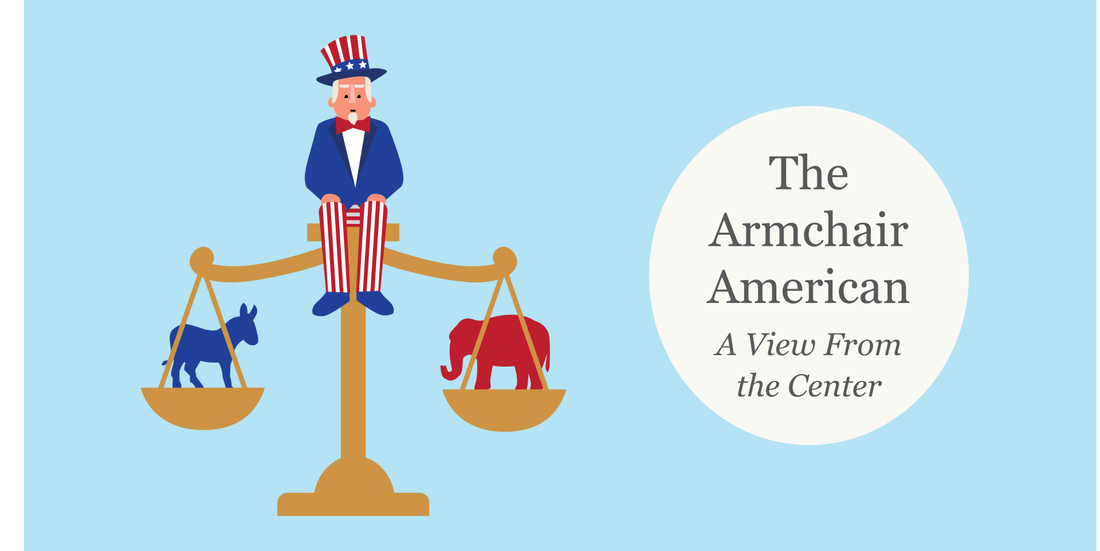
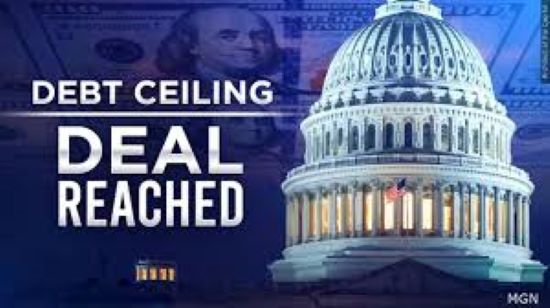
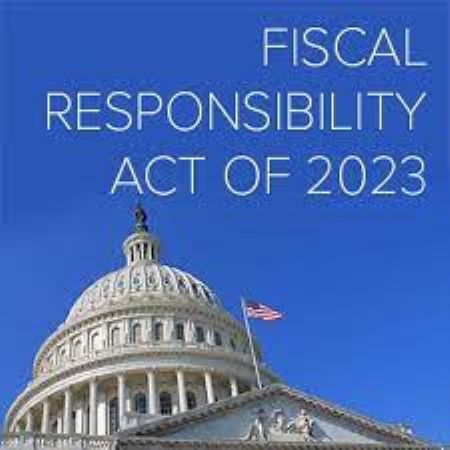


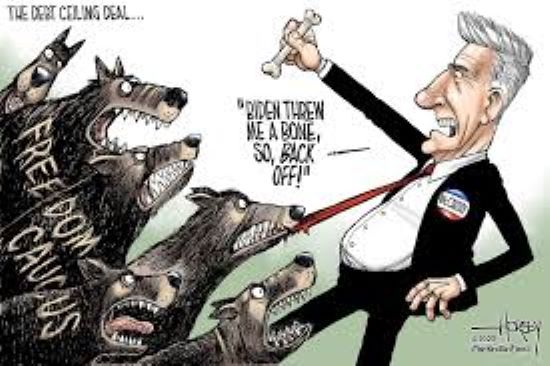



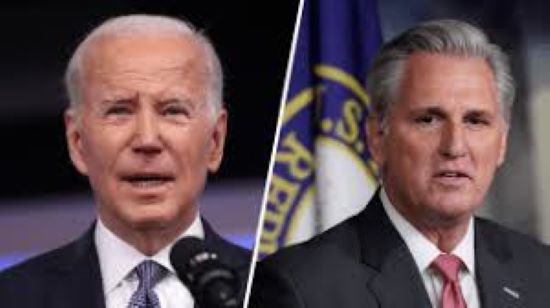

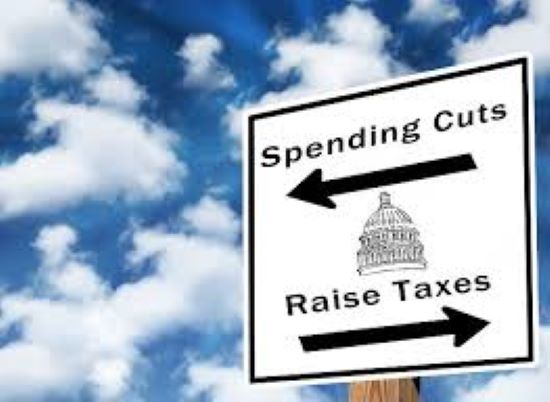
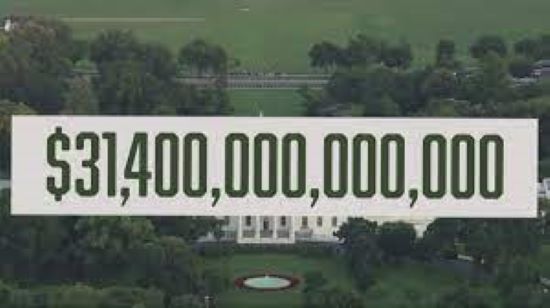
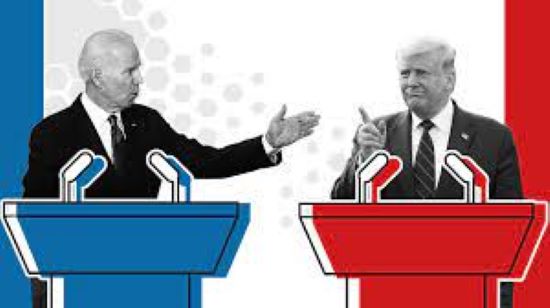
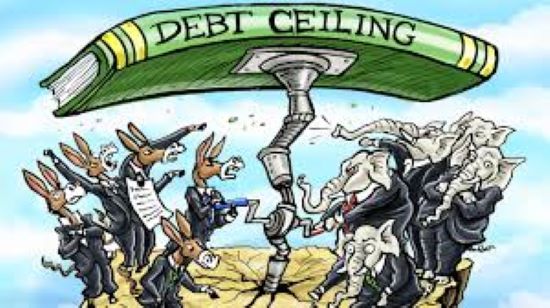
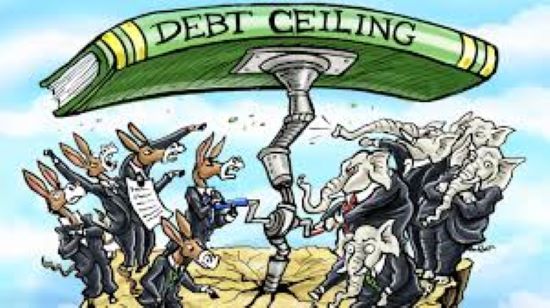

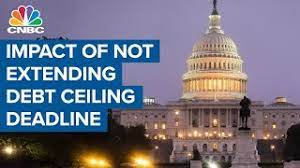
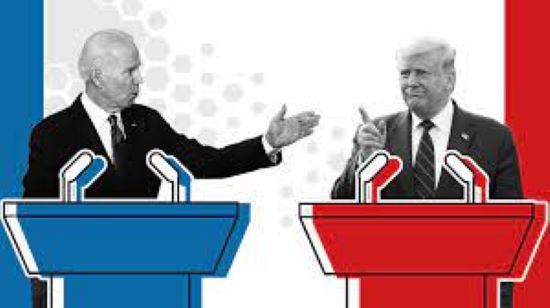


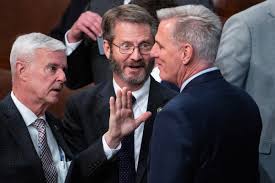


 RSS Feed
RSS Feed